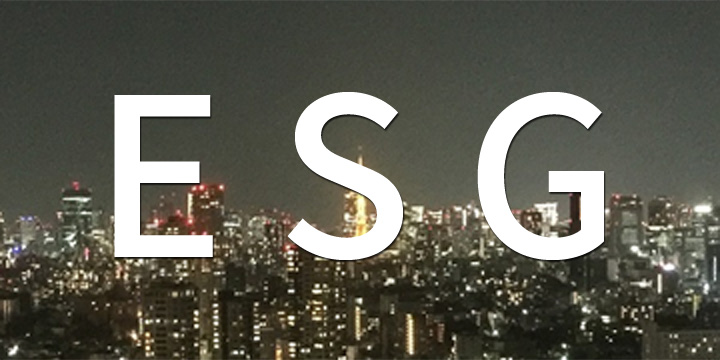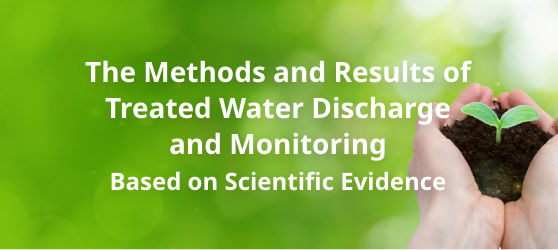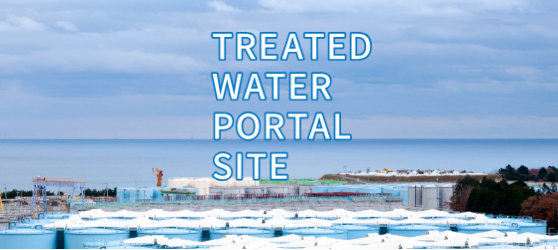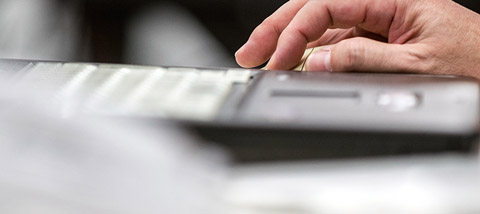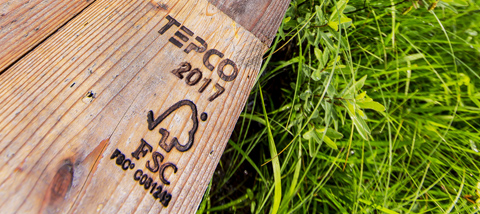Geological Faults at the Kashiwazaki-Kariwa Nuclear Power Station Site
Geological Faults at the Kashiwazaki-Kariwa Nuclear Power Station Site
"Isn't the nuclear power station located on an active fault?" While this is an oft-raised concern, Tokyo Electric Power Company Holdings has concluded that the site is not an "active fault" based on numerous surveys. We hope to answer this concern in detail below.
Nuclear Power Station and Geological Faults
While there are a total of 23 geological faults located on the Kashiwazaki-Kariwa Nuclear Power Station site, no active faults were found. Nuclear power station safety standards set by the Japanese Government define geological faults active from around 130,000 years ago until today as active faults.
TEPCO analyzes the geological activity of faults through detailed geological age surveys that involve "topological and geological observation", "analysis of volcanic ash", and "pollen fossil analysis".
View on Tephra in Kariwa
The Kashiwazaki-Kariwa Nuclear Power Station Active Fault Study Committee (hereafter, the Committee) has determined that volcanic ash in Fujihashi (Fujihashi 40) is deposited under the middle terrace surface, leading the Committee to conclude that the volcanic ash is around 130,000 years old, and that Kariwa tephra is likewise around 130,000 years old.
However, as deposits get older the lower into the geological stratum they are located, it is impossible to precisely date the geological layer under the middle terrace surface as being 120,000 to 130,000 years old. Therefore, it is impossible to accurately determine whether Fujihashi 40 is around 130,000 years old.
However, TEPCO's multifaceted analysis of volcanic ash scattered throughout the general area, studies into the geological strata formations, and fossil analysis have led the Company to believe that Kariwa tephra is a volcanic ash that dates back some 200,000 years.
TEPCO's analysis results have also been accepted as generally valid by the Nuclear Regulation Authority as well.
*Tephra is a general name for fragmentary material produced by a volcanic eruption
View Held by TEPCO
Based on the numerous geological age surveys and analyses into the geological activity of faults performed by TEPCO in the past, the Company has determined that "the geological faults located on the site have not been active from the period dating back some 200,000 years to the present day (are not active faults)". As such, this assessment has not changed.
TEPCO performed analyses of the sample of Fujihashi 40 volcanic ash provided, and determined that Kariwa tephra, Fujihashi 40 and volcanic ash G10 found in the offshore region of Shimokita, Aomori Prefecture were of the same type.
G10 deposits were found in a deep sea area and, as such, are well preserved. An analysis of G10 deposits estimate the volcanic ash to be around 200,000 years old. As such, Kariwa tephra is also thought to be around the same age.
This assessment involved a multi-faceted approach, which included investigations into the relationship between geological layers above and below one another, fossil analysis, and findings that showed Kariwa tephra being contained within the same geological stratum as Ata-Torihama tephra (tephra dating back some 240,000 years).
TEPCO's boring surveys in the vicinity of the nuclear power station also showed that Kariwa tephra was not deposited in strata dating back 130,000 years forming the middle terrace surface.
Further, extensive erosion between the strata forming the middle terrace surface and the lower Yasuda Layer in which Kariwa tephra is deposited has led to a gap in the age assessment of deposits.
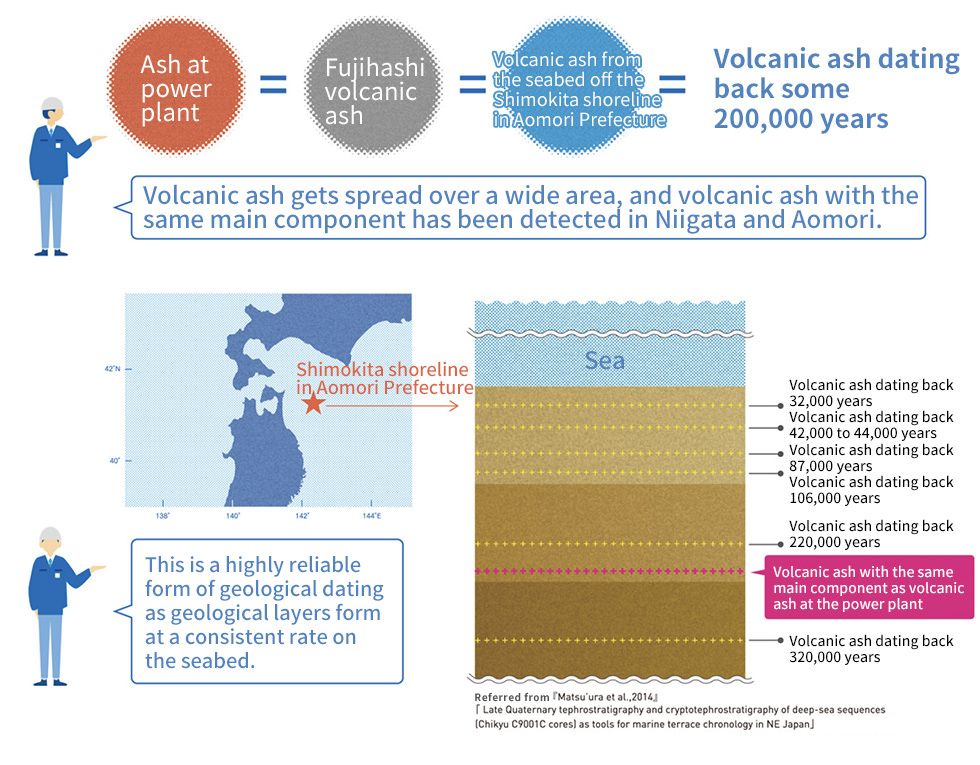
Survey Overview
A multi-faceted, comprehensive aging analysis of the aging of geological strata was performed consisting of geological observations in addition to multiple boring surveys, analyses of volcanic ash, pollen analysis and diatomaceous fossil analysis.
| Survey Items | Survey Amounts |
|---|---|
| Boring surveys | [Within site] Approx. 950 holes, extending approx. 78,500 m |
| [Outside site] Approx. 80 holes, extending approx. 6,000 m | |
| Volcanic ash analysis | Approx. 130 samples |
| Pollen analysis | Approx. 1,300 samples |
| Diatomaceous fossil analysis | Approx. 500 samples |
Example of Volcanic Ash Assessment
- Volcanic ash was analyzed through comparison with volcanic ash components studied in previous research efforts to identify the volcanic ash.
- The volcanic ash found on the site matched a broad spectrum of volcanic ash, including core pumice layers, Kariwa tephra, Ata-Torihama tephra and Kakuto tephra.
Example of Pollen Analysis Results
- The range in which Ata Torihama tephra and Kariwa tephra were found contained no major variations in vegetation. Both tephra deposits were inferred to have fallen during MIS7 since the range corresponds to a series of warm period seen through continued plant pollen deposits common to warm regions.
Aging of Lower Yasuda Layer Formation (Dispersion of Kariwa Tephra)
- Kariwa tephra is seen in multiple locations within and around the nuclear power station site.
- Further, this survey confirmed a match for Kariwa tephra and Fujihashi 40.
Comparison with G10
- Surveys performed by the riser drilling vessel "Chikyu" on Hole C9001C located on the eastern shore off Shimokita confirmed multiple deposits of volcanic ash (G1 ~ G16).
- A principal component analysis of volcanic glass revealed that Kariwa tephra and Fujihashi 40 were a match for one of these volcanic ash deposits, G10.
- Multiple samples of volcanic ash with a known age where found above and below G10. The relationship with this volcanic ash places the age of G10 volcanic ash at around 200,000 to 230,000 years old.
G10 Aging Studies
- As the rate of sedimentation inside deep sea geological strata remains largely constant, the deeper the layer, the older the geological age of the sediment.
- Extrapolating from volcanic ash and microfossil with a known geological age we can infer that G10 is a volcanic ash that dates back some 200,000 to 230,000 years.
- Considering the relationship between Kariwa tephra and Ata Torihama tephra (some 240,000 years old), the geological age of Kariwa tephra has been dated at around 200,000 years.









